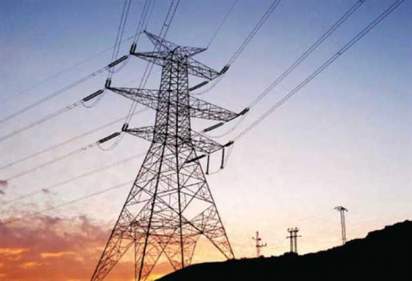Egypt plans to increase local components of renewable energy industry to 40% for wind farms and 30% for solar plants, especially with the growing interest in renewable energy in Egypt and the Arab region, Deputy Minister of Electricity and Renewable Energy, Osama Asran, said.
He noted that the local components of traditional energy projects amounted to 100%, including the distribution network equipment up to 220 kV.
Asran pointed out that increasing local production of renewable energy components is feasible, especially as they proved profitable in exporting.
He added that the electricity and renewable energy sector was always interested in increasing local manufacturing in all power projects even when overcoming the crisis of power outages in 2014. During the crisis, participation of local partners with foreign sides in the execution of these projects helped train and qualify Egyptian companies to work on these sorts of projects, allowing them to work abroad and train Egyptian workers to implement such projects.
The efficiency of conventional power plants was also reviewed. The participation of national companies had the greatest impact in the implementation of these projects.
He added that Egyptian companies have distinguished experience in the fields of construction and maintenance of power plants and strengthening of electrical networks, through the participation of national companies -Orascom and El Sewedy Electric- in cooperation with international companies -General Electric, Siemens, and Ansaldo- in the implementation of urgent plan stations.
These Egyptian companies and factories have been able to establish partnerships with foreign companies producing the equipment of power transmission and distribution stations.
The projects carried out by the sector also provided opportunities for investors to set up factories to produce station equipment to cover the needs of transmission and distribution networks.
He pointed to the importance that the sector attaches to the strengthening of transmission and distribution networks, especially in light of the large capacities currently being produced and also expected from renewable energies, which requires a network of electricity with high reliability.
He explained that the strengthening of electricity transmission networks also corresponds to the expansion of electricity distribution networks through a plan to increase the number of medium and low voltage distributors, transformers, lines, and cables until the end of 2019.
He added that smart grids represent a leap into the future of transmission and distribution of electric power at the present time, and rely heavily on the exploitation of renewable energy resources and the optimisation and exploitation of electricity and reduce the cost of production, as well as working to make the consumer one of the partners in the management of the electrical system, and offers many options to buy electricity.
Work is underway to establish 47 control centres -in five phases- in the electricity distribution networks covering the whole of the country, including the first phase of five centres.
A pilot project is underway to install about 250,000 smart metres for six distribution companies. More than 105,000 smart metres have been installed so far. The pilot project will be completed by the end of this year.
It is intended to change all the meters in the electrical network (about 30m meters) with other smart and prepaid metres in addition to the establishment of networks and data centres.




